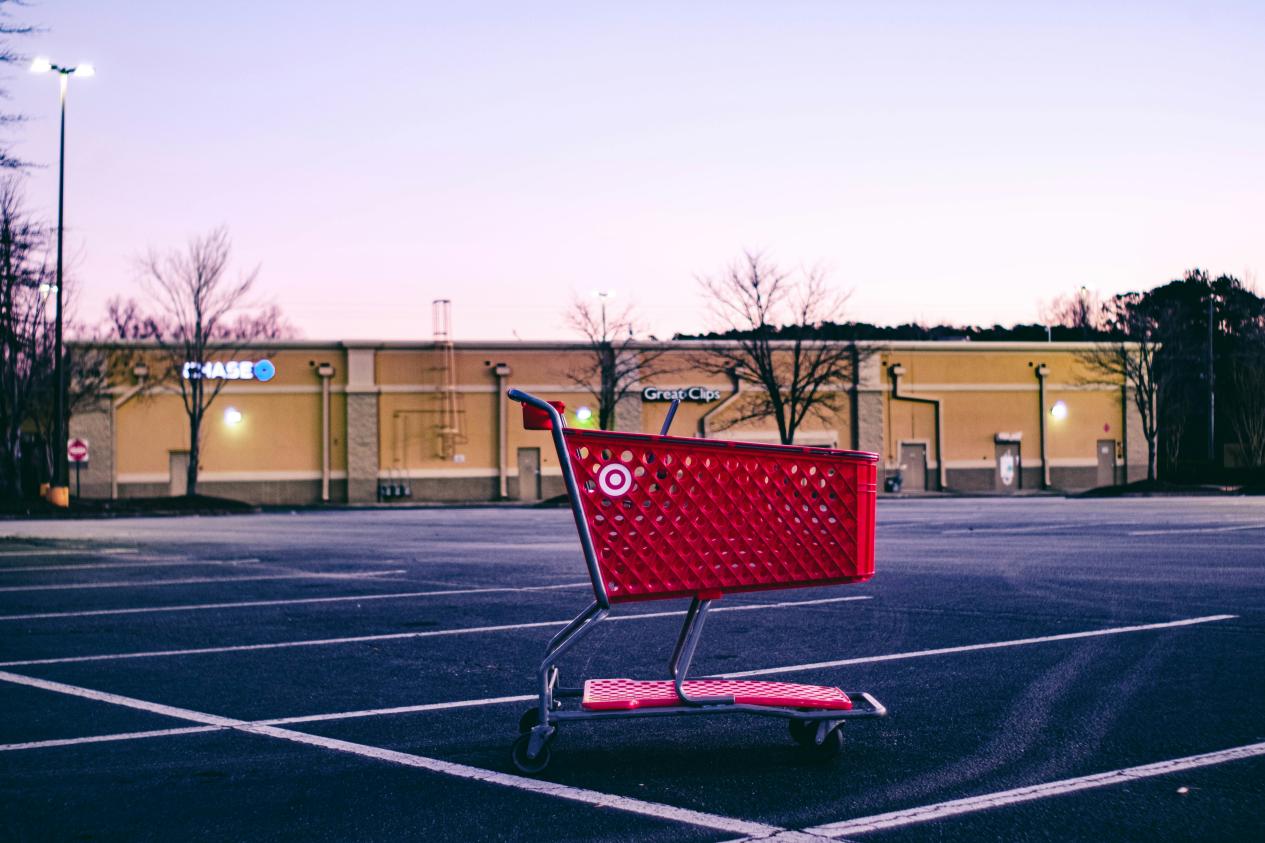In the cold storage area of the supermarket, a box of lobster sashimi is lying quietly in a glass cabinet, and the label shows that it has been 24 hours since its departure from Hokkaido fishing port. However, customers can't realize that behind this transoceanic journey, there are tens of thousands of sets of data collected by temperature control chips at second frequency-from the cold storage cabin of ocean-going freighters to the airport cold chain, and then to the supermarket freezer, the temperature difference is always controlled within 0.5℃. This set of "data fishing nets" woven by thousands of Internet of Things nodes is quietly changing the sales rules of fresh food. Consumers no longer rely on the intuitive perception of ice cubes, but can see the temperature fluctuation curve during transportation by scanning the QR code on their mobile phones. The intelligent system in the supermarket background is also analyzing these data, predicting consumers' demand preferences for seafood products in different regions, to realize accurate replenishment and display optimization.

The parking lot is on the third floor, and Ms. Liu's shopping cart is parked next to the coffee machine with the help of artificial intelligence. The Bluetooth beacon in the shopping mall forms an invisible dialogue network with the sensor under the car. When the car enters the parking space, the system has automatically pushed the recommendation of surrounding products to her mobile phone. This kind of "micro-scene marketing" based on indoor positioning is making the physical commercial space evolve into a flowing data field. At the same time, the cloud algorithm in the underground warehouse is planning the optimal distribution path for the coffee beans she selected: the intelligent sorting robot shuttles at a speed of 2 meters per second, and the visual recognition system carried at the end of the mechanical arm is capturing the faint reflection of commodity bar code. In warehousing management, the intelligent shelf system monitors the commodity inventory in real time, and once the inventory falls below the preset threshold, the system will automatically send a replenishment reminder to the staff, which greatly improves the efficiency and accuracy of inventory management.

A more subtle innovation took place in the fitting room. The smart mirror of a brand flagship store is learning customers' wearing preferences. When trying on the third dress, the mirror automatically adjusts the color temperature to 2700K warm light mode, which is the "decision-making auxiliary light" obtained by the algorithm based on thousands of shopping behaviors. The RFID system hidden behind the mirror scans clothing labels 50 times per minute, which improves the size matching rate from 63% in traditional shopping malls to 92%. Nowadays, the smart fitting mirror can also recommend other styles and combinations that may be suitable for customers according to their body data and fitting feedback, and even generate a virtual wearing effect diagram, so that customers can preview different styles without changing clothes.

These seemingly scattered intelligent shimmers are reshaping the neural network of shopping. From the cold storage area to the parking lot, from the fitting mirror to the sorting line, technology is polishing the granularity of the shopping experience more and more delicately in a near-silent way. Perhaps one day in the future, when consumers get used to the precise preservation of cold chain logistics, the intelligent guidance of parking lots, and the suggestions of fitting glasses, they will suddenly realize that those "dark corners" that were once ignored in shopping have already been illuminated by the dim light of technology. With the continuous development and innovation of technology, the future shopping scene will be more intelligent, personalized and convenient, bringing unprecedented surprises and experiences to consumers.




